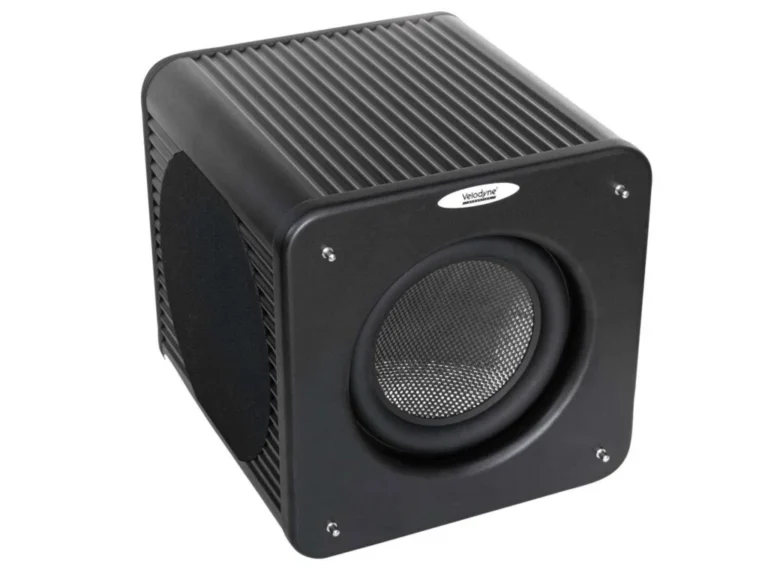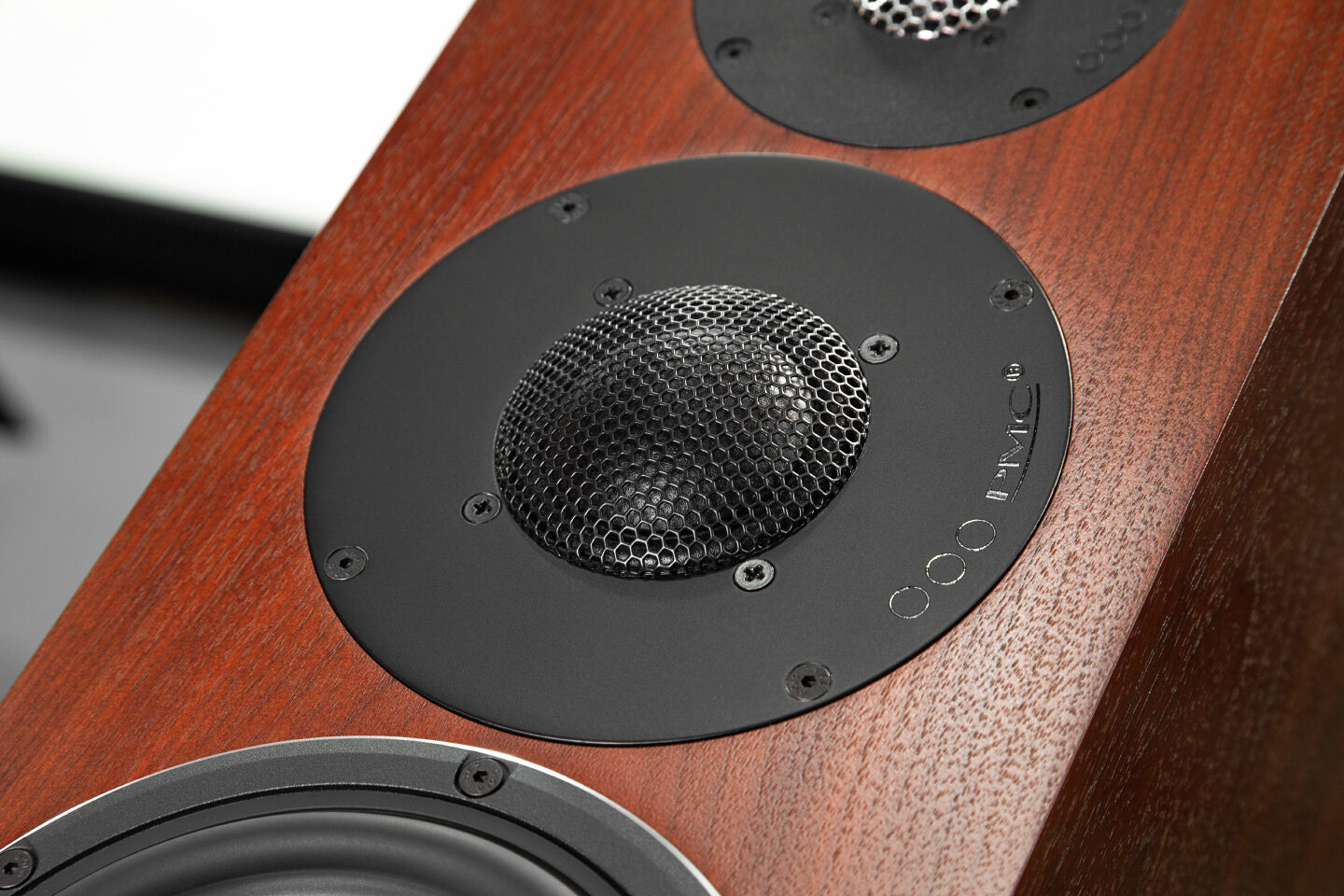
This acoustics is the senior one in the PMC twenty5 line and stands out from the other two-way models of the series by having three bands. It would seem that this does not mean anything, but you must agree that the senior line usually reflects the original ideas of the developers.PMC twenty5.26 acoustics test I will add that in the PMC catalog there are more studio acoustics than home ones, and these speakers are also distinguished by an enviable continuity and recognizable corporate style.
Established style
The twenty5 line itself is built in such a way that the models can be used as a stereo pair, or you can build a multi-channel system – in addition to shelf and floor acoustics, there is a central channel and a subwoofer. In principle, this is interesting, but within the framework of the test, we will study only the PMC twenty5.26 model and its properties as a stereo pair.
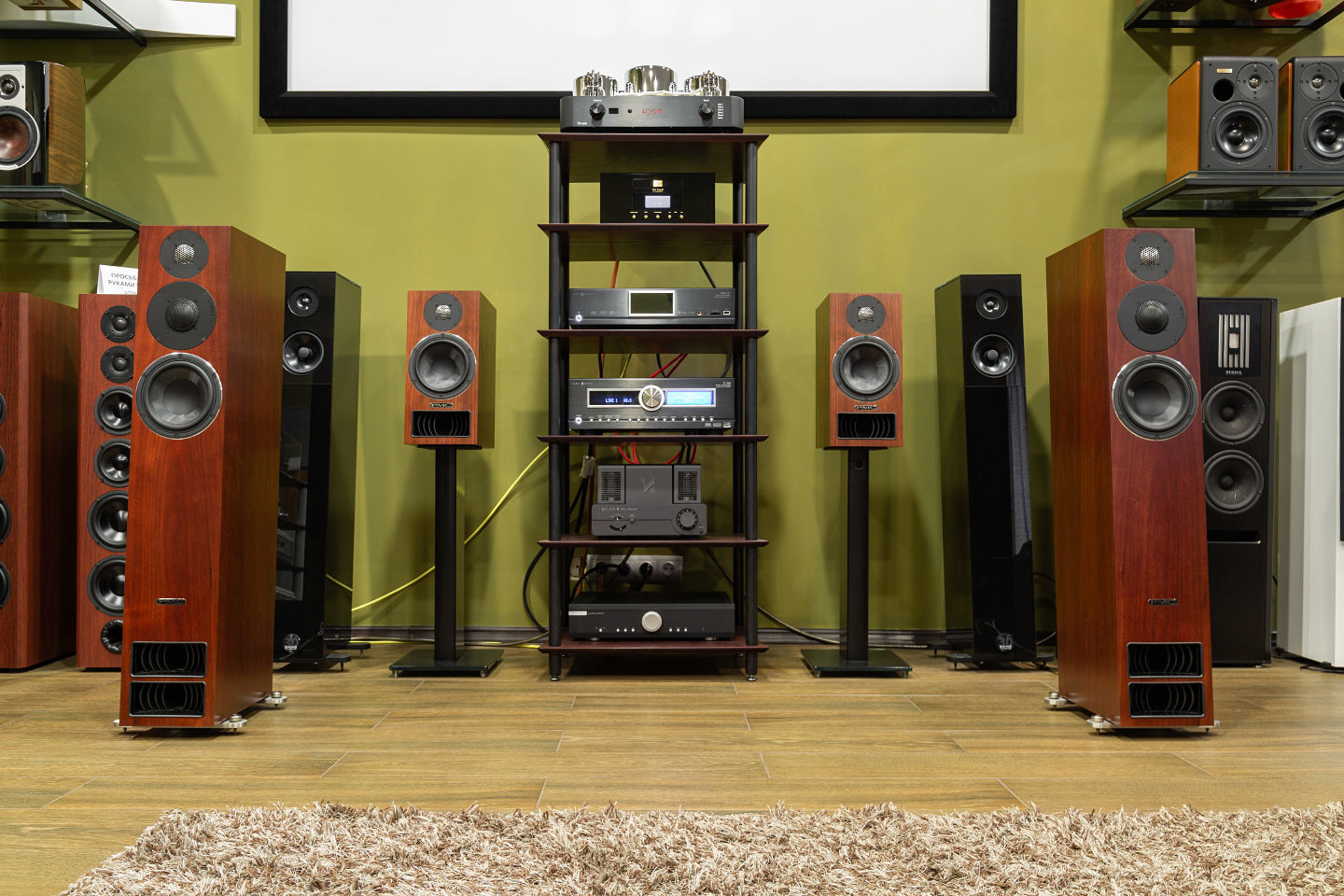
Externally, the acoustics look recognizable and neat. Quite narrow parallelepipeds of the cases tilted back exactly 5° and installed on metal podiums-bases with adjustable spikes. From the point of view of design, everything is quite strict and laconic, without frills. But it does not look clumsy and not at all cheap. Rather conservative and adjusted for the manufacturer’s own style that has developed over the years.
The test pair was in mahogany finish (by the way, the finish is considered export and is not available on the UK market – only walnut, oak, and black lacquer). The speakers are indeed red, and although I don’t like this color in principle, I can’t say that the tone is unpleasant. Quite the contrary, it doesn’t cause any rejection.
You may like: KEF Kube Series: Exploring the 8b and 10b Subwoofer Dynamics
The acoustics are generally well-made. It is clear that the materials are of high quality, the veneer is laid neatly, and everything is assembled decently. Perhaps, in some places, the speakers are not perfectly adjusted to the seats, but to notice this, you need to look at them from a very close distance. And there is nothing else to find fault with.
The only thing I can’t tell you about is the protective grilles. They exist, they have magnetic fastenings and they cover the entire front panel of the speaker, including the transmission line ports. But there was no opportunity to see or touch them – in the listening room they were immediately put away in boxes and hidden in the warehouse.
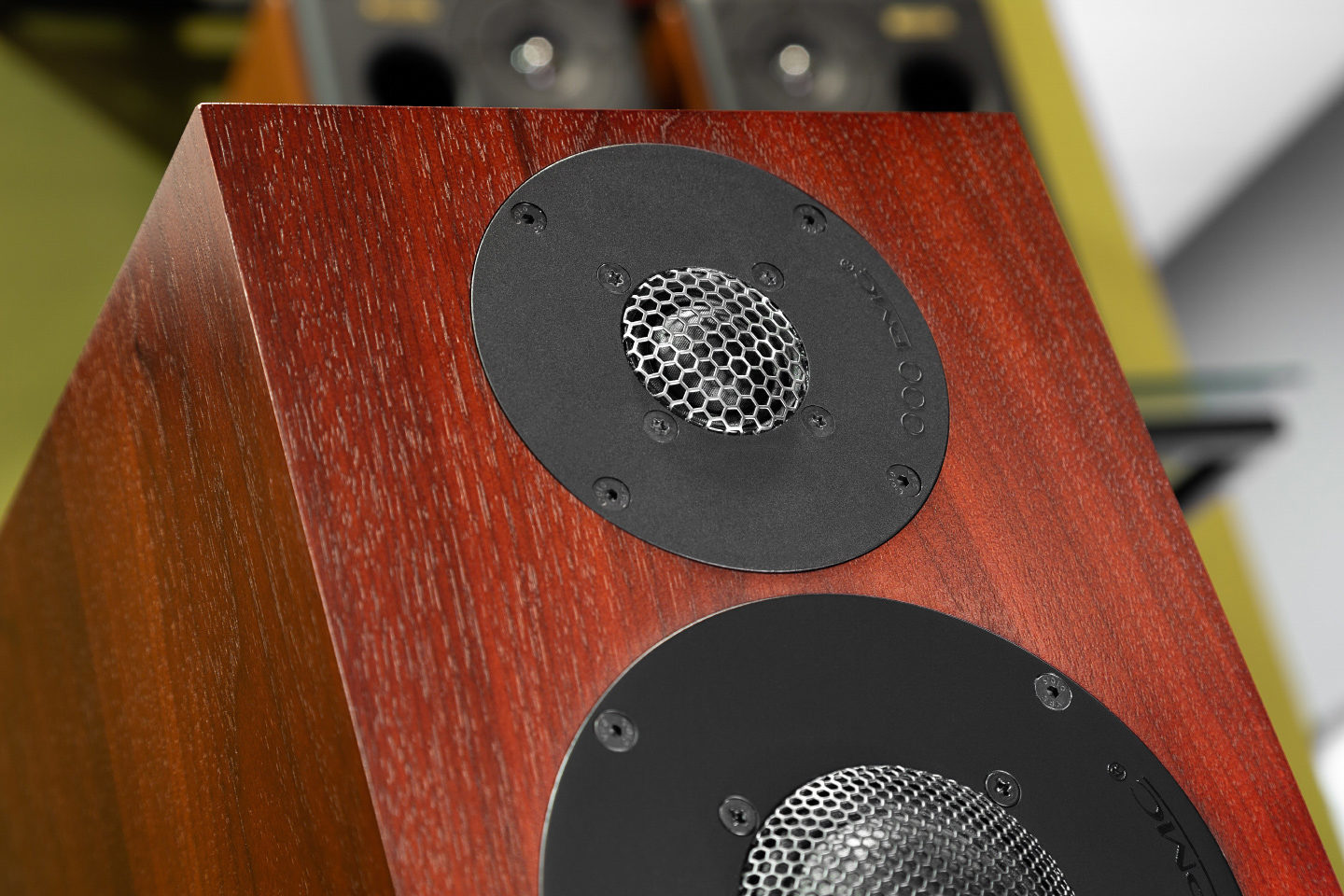
The acoustics have a three-way design, with a soft dome tweeter at high frequencies, covered with a non-removable metal mesh. The tweeter was customized for PMC by SEAS. At the midrange, which is not quite usual, there is also a soft dome and also with a protective mesh. The woofer is its own, with a g-weave diffuser made of a mixture of cellulose, carbon fiber, and resin. The basket is cast, metal. The speaker suspension assumes a very long-stroke design.
The filter crossover frequencies are 400 and 4,000 Hz. The declared frequency range is 27 Hz – 25 kHz, though without any additional details, plus or minus. However, knowing PMC’s previous developments, such figures are not surprising, and in terms of bass, one can generally hope for a good result even in such a small case and with a relatively small speaker. After all, the acoustic design is a transmission line traditional for the manufacturer, the implementation of which the company’s developers have been improving for many years.
Also read: Penaudio Karelietta Speakers: A Symphony of Sound
In our case, the acoustics have two proprietary Laminair ports at the output of the line, located at the bottom of the front panel. You can find some information about the acoustics details here, but I already want to move on to the system and listening.
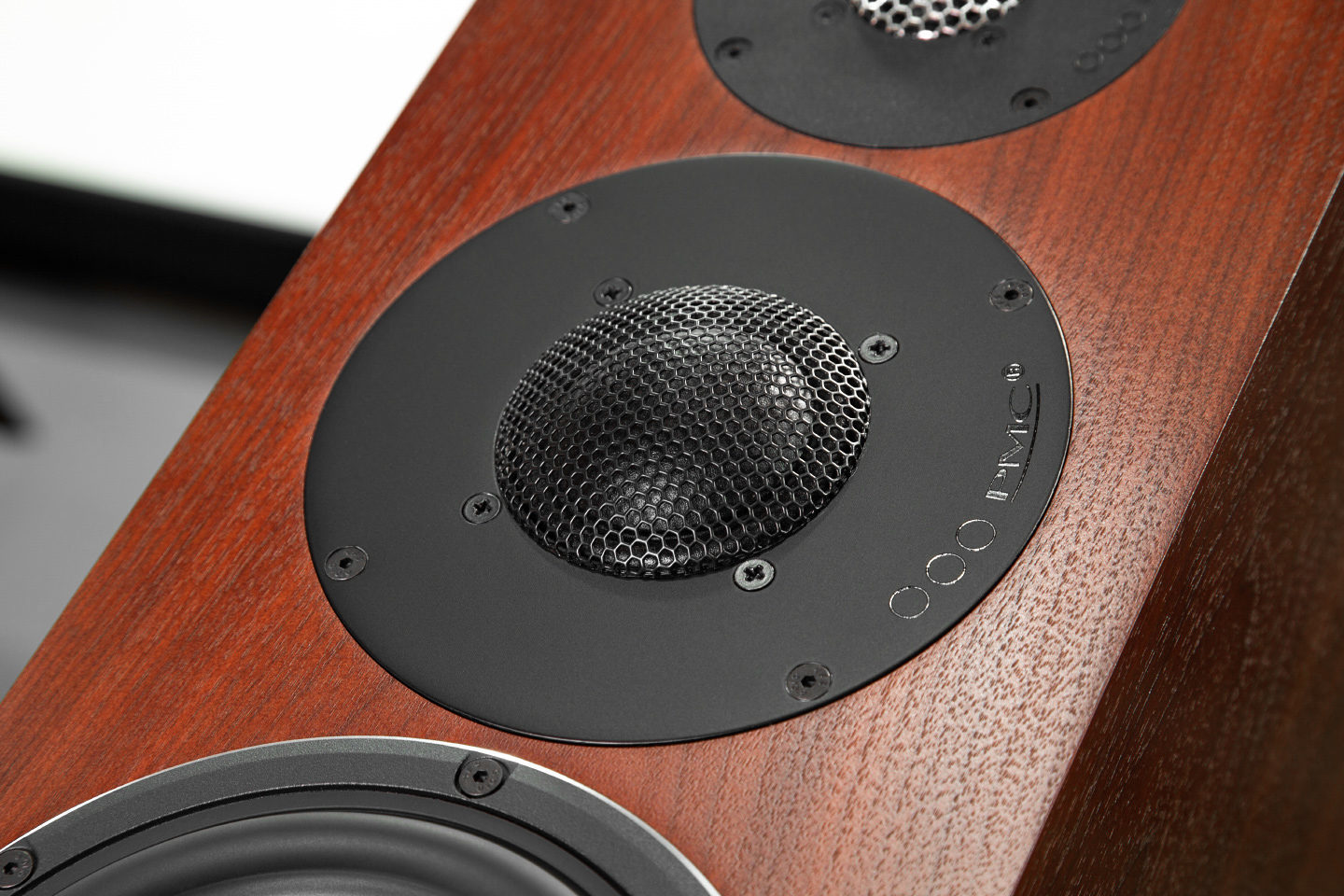
An important point. The acoustics have one pair of terminals, although, based on previous experience, I was rather expecting to see three separate pairs here. However, the developers did not leave the user with the possibility of band-wise amplification of these acoustics.
However, if we compare the declared sensitivity of 86 dB and 8 Ohm impedance (and also assume that this is a relatively even 8 Ohm), we can conclude that these speakers will not become an extremely complex load. However, I would not count on the possibility of getting by with a low-power amplifier either. In our case, the system consisted of an integrated amplifier Cary Audio SI-300.2d, and a digital source Cary Audio DMS-550, which in our case worked as a DAC in tandem with the Audio Note transport.
Restrained confidence
The first recording is a beautifully recorded jazz from the album “Interplay Now”. Perhaps the first thing that is noticeable in the sound is the speed. The sound is fast, but not like electrostatics or similar constructions, but familiarly corporeal, but fast. Of course, there is restraint in the character, and a certain monitor, but still, the sound is not dry and not formal. It just seems that nothing sticks out anywhere. The bass is fast, clear, and completely devoid of bloat or laxity.
In terms of the overall presentation, there is a certain sense of bass isolation – this is noticeable in the double bass and sometimes in the lower register of the piano. At the same time, there is no sense of the bass falling out of the overall picture or lagging. Perhaps this is a consequence of the unusual transparency and airiness of the bass.
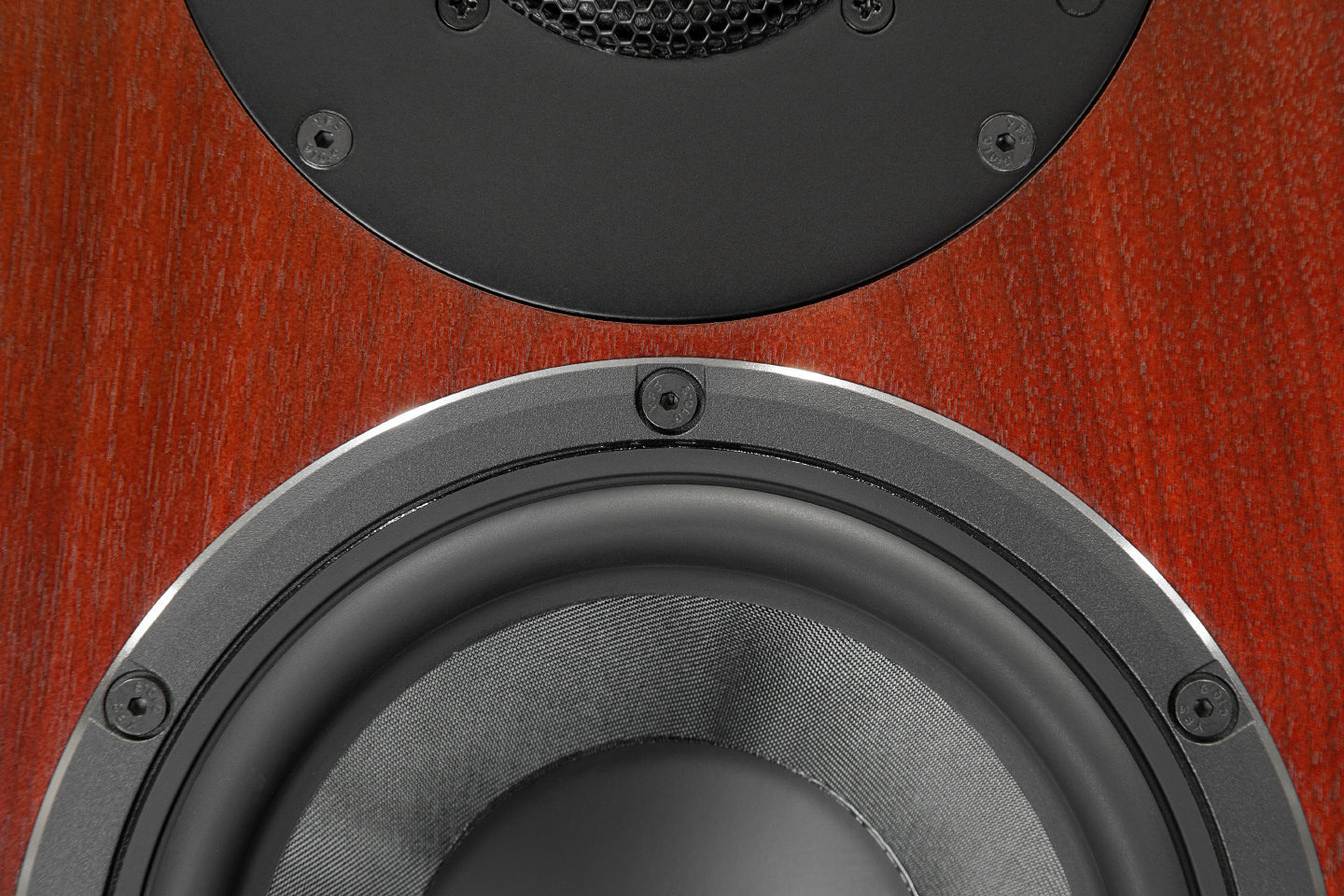
The dynamics are confident, the sound is rather forceful, but not wooden. Somehow I don’t want to call the sound super-fast, but I can’t find anything that would trip it up either.PMC twenty5.26 acoustics test The dynamics just don’t seem to stick out, although everything is played back at a good speed. The detail is high, but the emphasis here feels like it’s in favor of the main tones and sounds, and not in favor of the after-sounds. They are there, they haven’t disappeared anywhere, but still, these are the priorities.
In general, the sound is embossed, very well structured, and quite elastic. But without savoring the details, with a strict hierarchy of everything in general. The harmony is preserved even at low volumes – including in terms of the stage. At normal volumes or slightly above average, the stage is transparent and sharply drawn, but dryish, and moderately airy.
Another feature is that in a large room (much larger than the acoustics need) the acoustics are not lost, but they also do not dissolve in the volume, trying to fill it as much as possible. It turns out to be a kind of ball of sound, inside which you can comfortably sit and listen to music, and if you go further away, the sound does not interfere at all and does not attract attention.
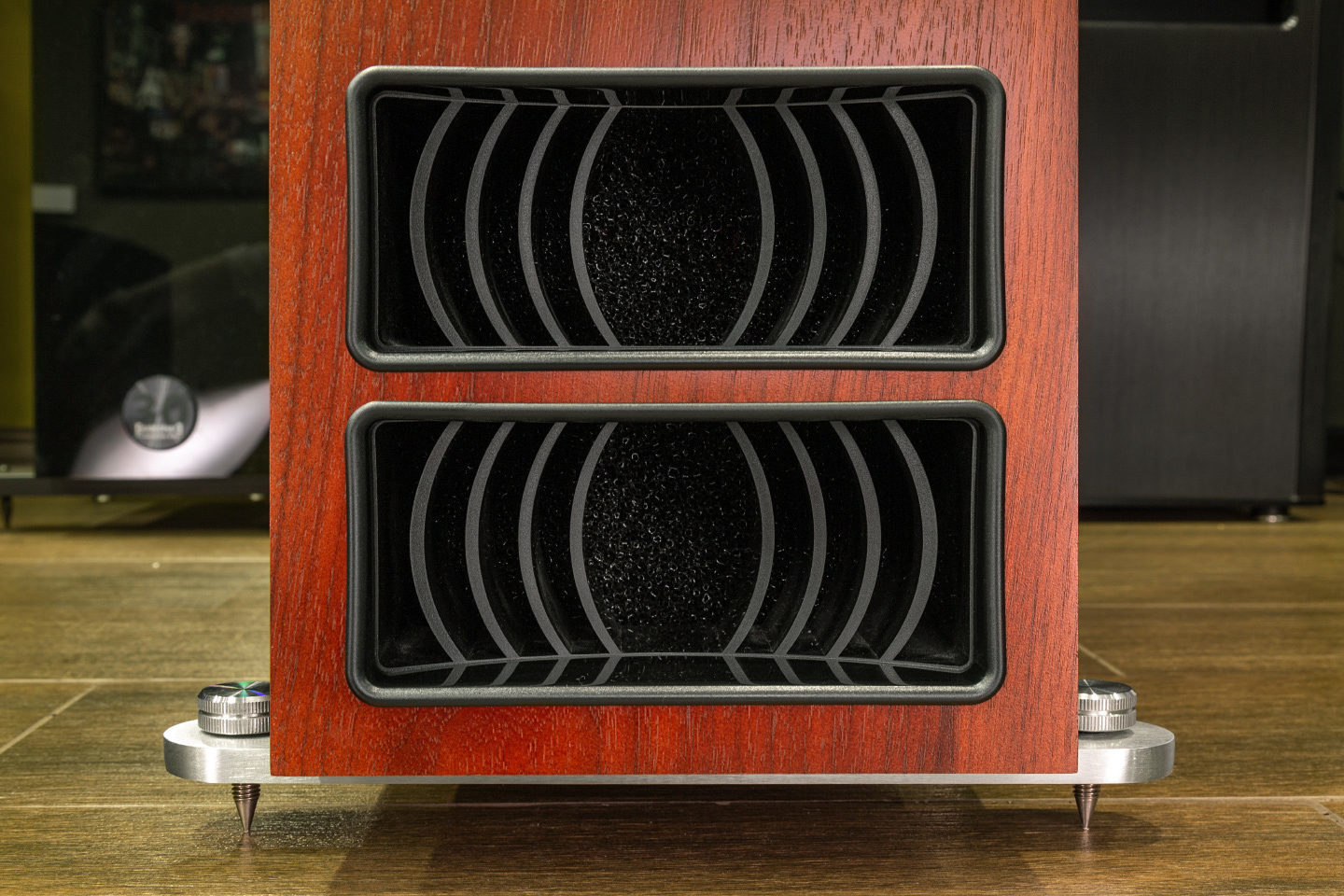
The acoustics have a distinctly neutral and reserved character. The sound can have pressure, boldness, subtle shades, and even some delicacy, but you won’t find any super-corrosiveness or emotional intensity here – only a confidently harmonious musical “space” in which everything is in its place. The rest will depend on the music itself and how it is recorded. And also on the system components, which in this particular case are felt quite well – the acoustics do not mask their signature.
The next album is Friends of Carlotta “Live in Studio”. The difference in the recording style of this and the previous disc is noticeable. How the instruments are recorded, how everything is mixed, and how the volume and the scene are built. Not according to the principle of better-worse, but simply according to the principle of obvious and undisguised difference. I love and appreciate this property of the equipment, it is much better and more correct than covering up different recordings “with one color in your way”.
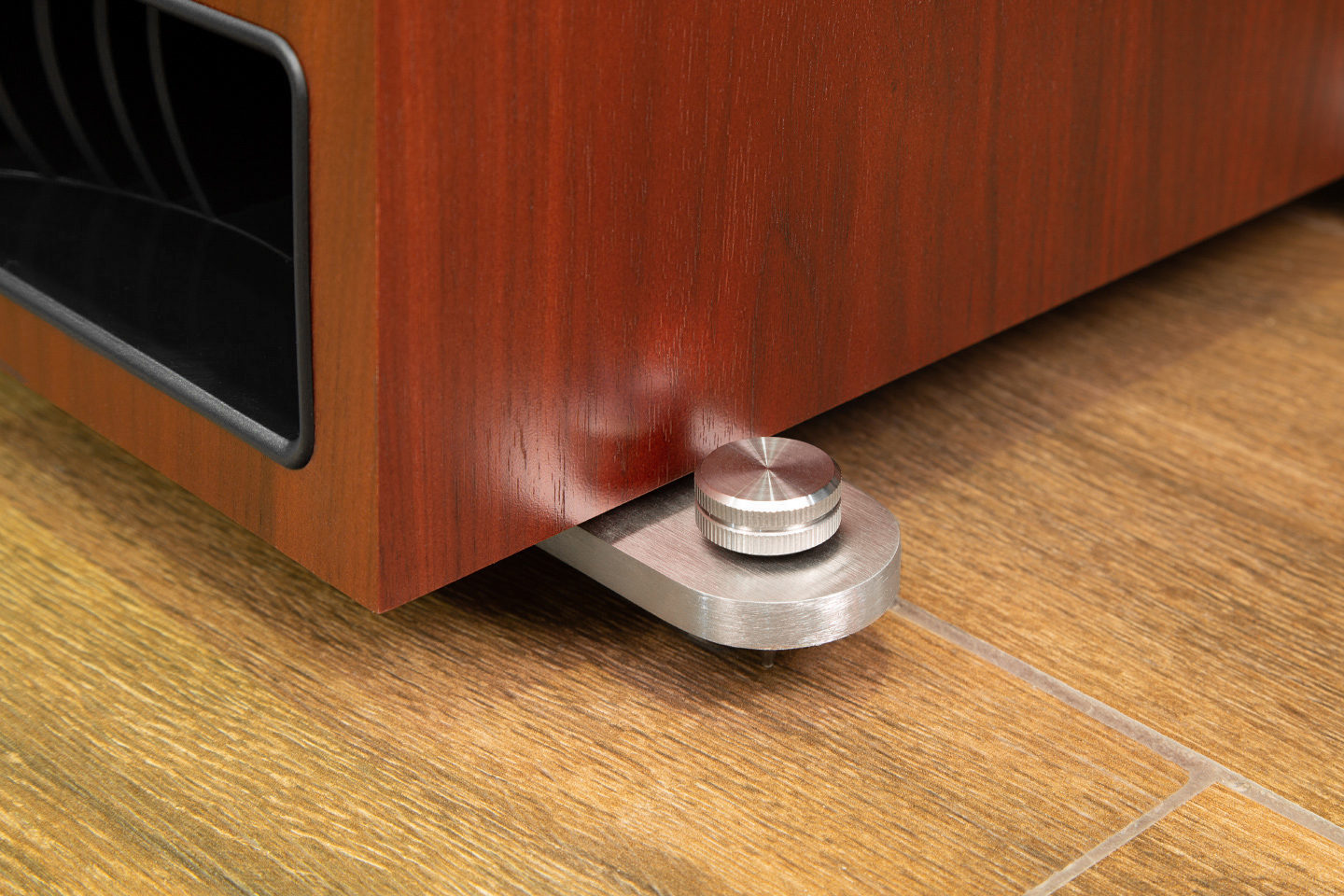
The restrained monitor style is noticeable, but not repulsive. This arrangement of everything that can be arranged on shelves soon begins to be perceived as quite natural.PMC twenty5.26 acoustics test It seems that one would like more air, and a slightly greater emphasis on details and nuances, but here it is only a question of style – you quickly get used to the presentation.
The professional roots of the acoustics are visible, but a certain breed of sound, restrained confidence is also visible. I can fully appreciate this since at home I use both completely domestic acoustics and professional monitors – they sound completely different, but this cannot be measured in categories of better or worse. One way or another, I prefer a different presentation, although I did not notice a desire to listen to the end quickly and finish the test – quite the opposite.
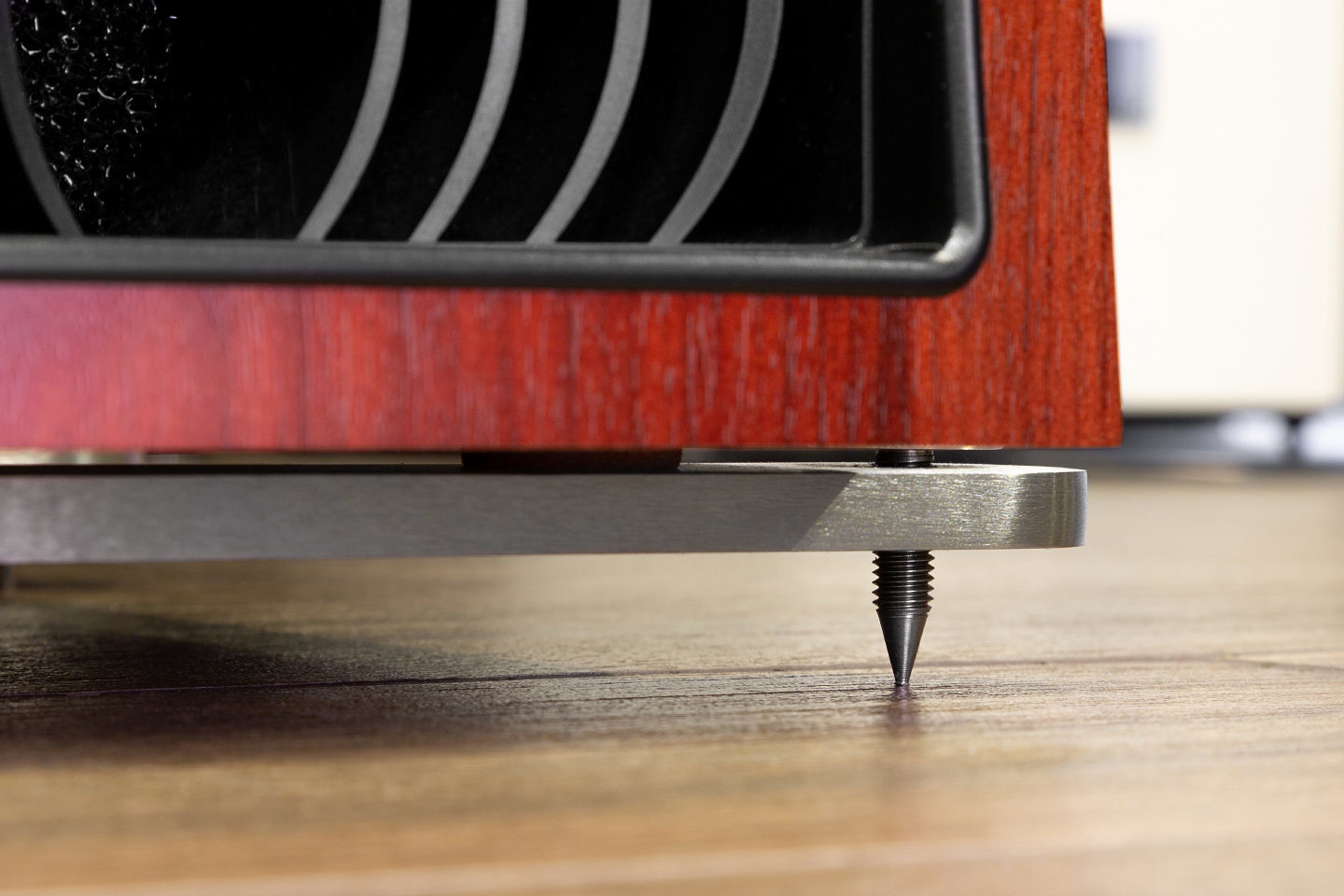
Smooth, fair, predictable
Then I put on Pink Floyd’s live album “Pulse”. There is certainly an atmosphere, but the presentation is quite chamber-like, the acoustics do not try to recreate the effect of the concert – they try to play the recording of the concert exactly. Emotionally, everything is conveyed correctly, it is difficult to talk about any coloring in relation to this acoustics. If it were even more monitor-like, it would become boring. But there is none of that here, only moderately strict restraint and composure.
The Cradle Of Filth album “Dusk And Her Embrace” was played by the system in detail and dynamically, delicately showing the flaws and shortcomings, without the rudeness that would fall on the listener, but not without emotions.PMC twenty5.26 acoustics test That is what is recorded, that is what we listen to. In microdynamics, the acoustics can slightly reduce, and transfer the emphasis to the main sounds, but it will not play what is not on the recording or distort it.
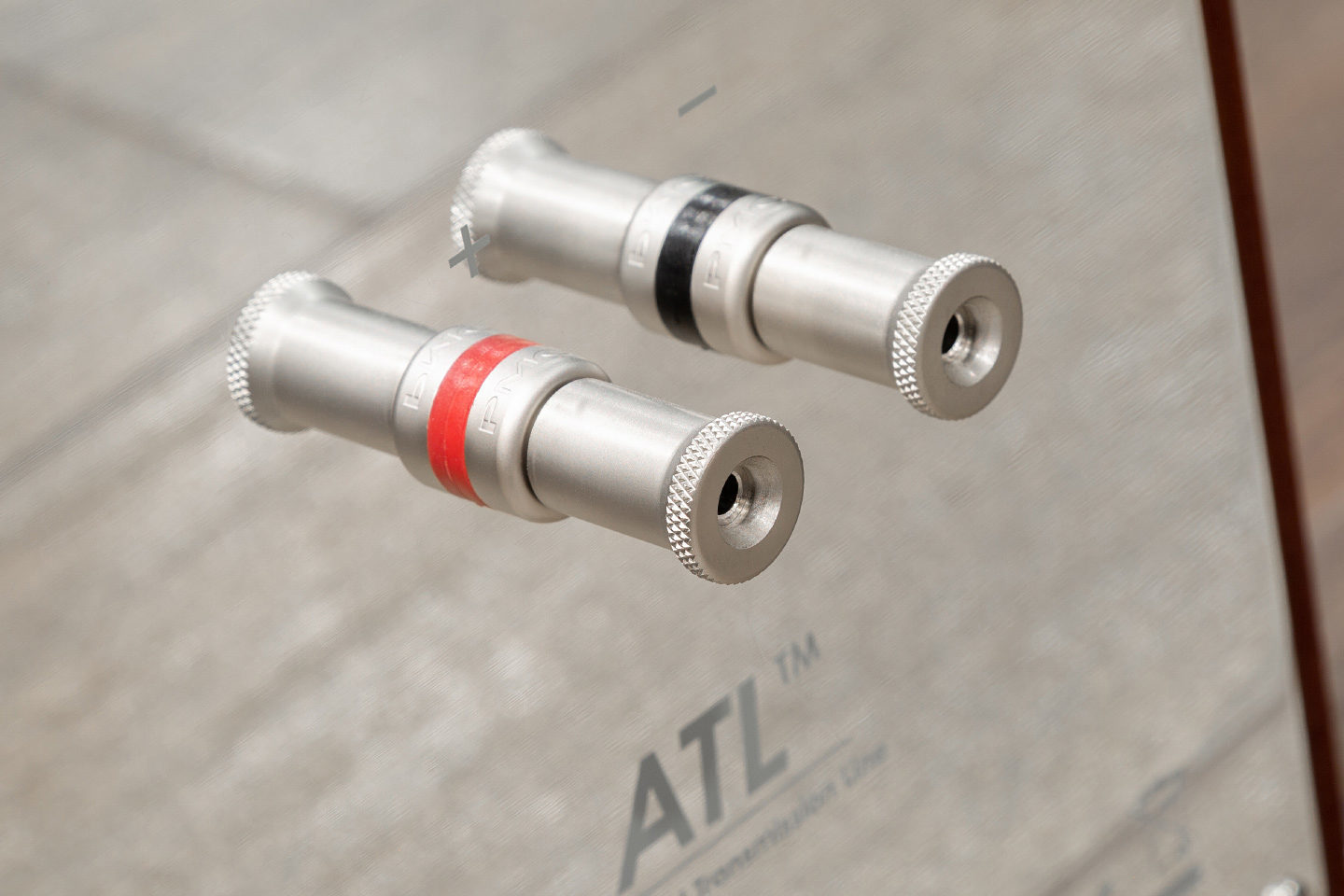
In terms of dynamics, pressure, and bass, everything is in order here: if someone wants exactly this kind of delivery for metal or complex electronic music, then the PMC twenty5.26 will easily cope with this task. And perhaps, if you choose a sharper-sounding amplifier (Cary Audio is quite powerful, but not sharp), then the effect of drive and carefully forced rhythm, especially at low frequencies, can be somewhat enhanced.
At the same time (I am already generalizing because I listened to PMC twenty5.26 several times in different systems) there will be no bias towards bass or lag in the mid-upper range. Although they have soft domes, they can play not at all soft music and they are not inclined to soft sound.
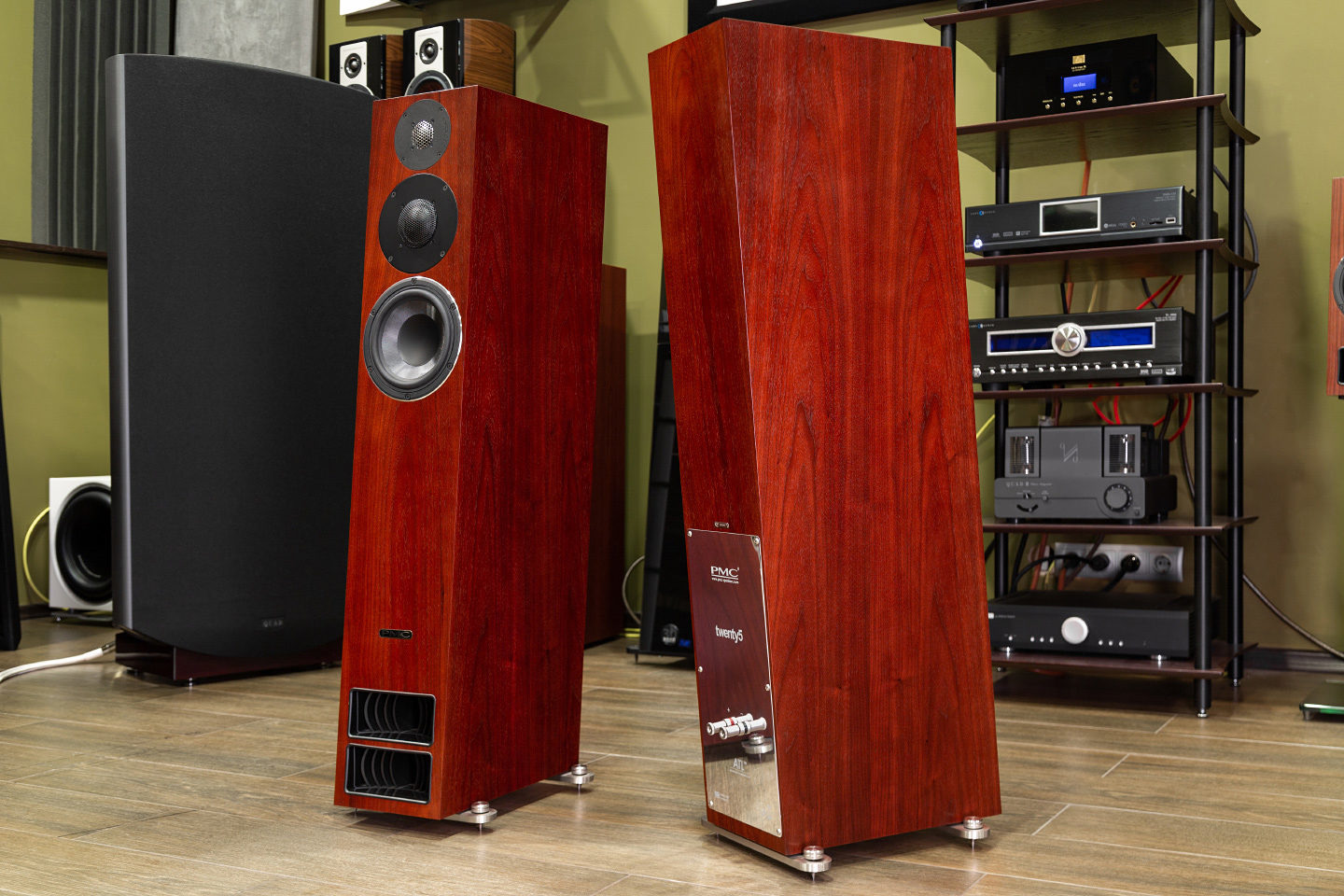
Then I put on a recording of several works by Benjamin Britten, conducted by himself and with Mstislav Rostropovich as the solo cellist. There was a lot I liked about the sound here. A good orchestral stage layout, precise timbre rendering, and good detail. Everything is smooth, honest, and predictable across the entire range. There are no problems with speed even on difficult fragments, the emotionality is easy to read. There is not much air, that’s a fact. And the aftersounds are dampened a little more forcefully than necessary. But otherwise, everything is correct, although a little dry and academic.
Conclusions
How does this speaker sound? Absolutely, like PMC. Recognizable, predictable. But at the same time, in a new way. Without changing the style as a whole and even without changing its ideology, these speakers turned out to be somewhat different – more alive, more humane, perhaps. The monitor character has not disappeared anywhere, as well as the signature sound in general, but the presentation has become more alive, more open, and more emotional.
There is no genre, the ability to play complex music is fully present. And then – questions of personal preferences. The main thing is that there is a face, character, and voice, and not an attempt to make something average and faceless.
FAQs for PMC twenty5.26 acoustics
Q: What type of speaker is the PMC twenty5.26?
- A: The PMC twenty5.26 is a 3-way floor-standing loudspeaker, designed for high-fidelity audio reproduction.
Q: What technology does the PMC twenty5.26 use for bass performance?
- A: It utilizes PMC’s Advanced Transmission Line (ATL™) technology, which enhances bass response and provides deep, controlled low frequencies.
Q: What drivers are used in the PMC twenty5.26?
- A: The speaker features a 6.5-inch bass driver, a 2-inch soft-dome midrange driver, and a 1-inch tweeter, allowing it to cover a wide frequency range effectively.
Q: What is the frequency response of the PMC twenty5.26?
- A: The frequency response ranges from approximately 27Hz to 25kHz, providing a full and natural sound across the audio spectrum.
Q: How sensitive is the PMC twenty5.26?
- A: The speaker has a sensitivity rating of around 86-87 dB, which means it requires a decent amplifier to achieve optimal performance.
Q: What is the power handling capacity of the PMC twenty5.26?
- A: It can handle power levels between 100 to 300 watts, allowing it to perform well with a variety of amplifiers.
Q: How does the design of the PMC twenty5.26 impact its acoustics?
- A: The high-quality build and Laminair™ vent technology reduce air turbulence and enhance the speaker’s overall dynamic range and clarity, contributing to a more immersive listening experience.
Q: What are the ideal use cases for the PMC twenty5.26?
- A: These speakers are suitable for both high-end stereo setups and home theater systems, delivering a balanced sound that excels in music and film applications.
Q: How does the PMC twenty5.26 compare to other speakers in its class?
- A: The PMC twenty5.26 is known for its precision and detail, often outperforming competitors in terms of bass depth, midrange clarity, and overall soundstage presence.
Q: What finishes are available for the PMC twenty5.26?
- A: The speakers are available in several finishes, including walnut, oak, white gloss, and black gloss, allowing them to fit well with various home decor styles.
Musical material
Britten – Violin Concerto, Symphony for Cello and Orchestra – Mark Lubotsky, Mstislav Rostropovich, English Chamber Orchestra, Benjamin Britten / Decca UCCD-3625 / CD Stereo
Cradle Of Filth — Dusk And Her Embrace / Koch Records, Music For Nations KOC-CD-8293 / CD Stereo
Friends of Carlotta – Live in Studio / Clearaudio CD 430035 / CD Stereo
Pink Floyd —Pulse / Columbia C2K 67064 / CD Stereo
Takashi Mizuhashi, Masaru Imada & Tsuyoshi Yamamoto — Interplay Now / Carnival BVCJ-37580 / CD Stereo
William Walton – Viola Concerto, Alfred Schnittke – Passacaglia for Orchestra – Yuri Bashmet, Dmitri Kitayenko, The Academic Symphony Orchestra of the Moscow Philharmonic Society / Melody MEL CD 10 02293 / CD Stereo
Specification
Price: 734,000 rubles
Passport details
Acoustics type: floor-standing
Number of stripes: 3
Acoustic design: transmission line (effective length 3.3 m) with Laminair port
Woofer: 170mm, long-throw, cast basket driver with g-weave dome
Midrange driver: 50mm, soft dome
HF driver: PMC/SEAS 27mm, Sonolex soft dome with ferromagnetic liquid cooling
Crossover frequencies: 400, 4000 Hz
Frequency range: 27 Hz – 25 kHz
Sensitivity: 86 dB
Impedance: 8 Ohm
Dimensions: (WxHxD): 192 mm (275 including base) x 1,040 mm (+ 20 mm spikes) x 439 mm (+ 15 mm grill thickness)
Weight: 25 kg
Finishes: Walnut, Black Piano Lacquer, Oak, Mahogany
3rating





